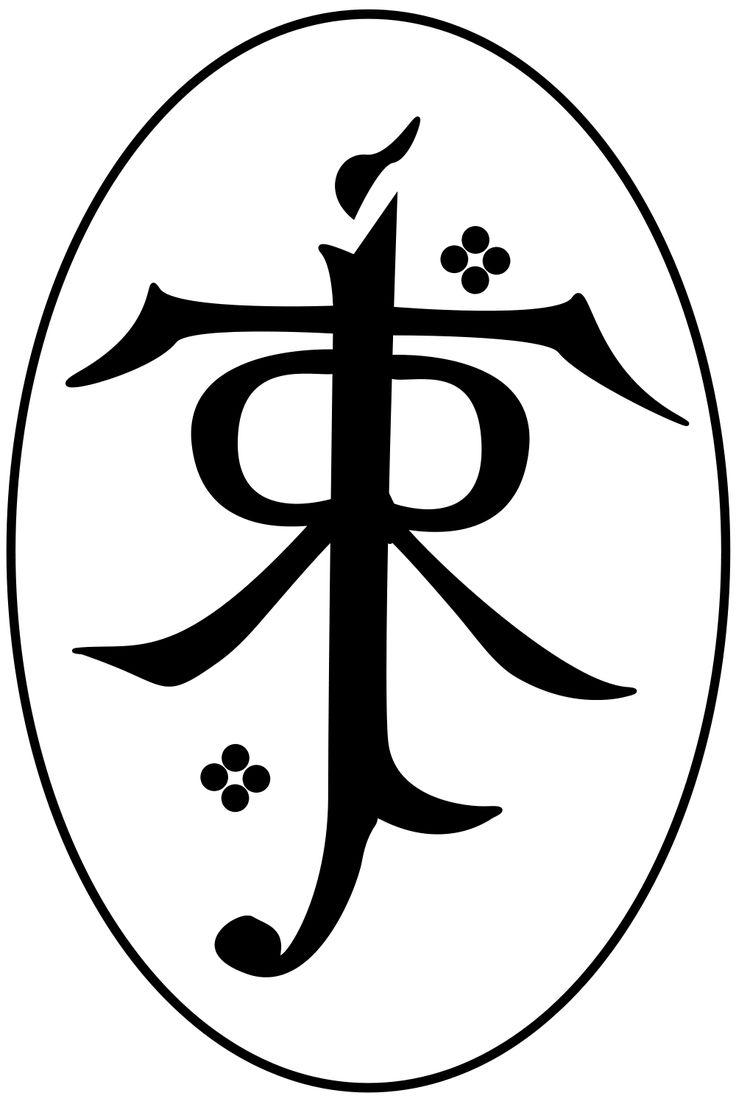Just about everyone has heard of The Lord of the Rings, even if it is only from the movie(s) rather than the book(s) that they have heard of it. Fewer, but still many, have heard of the books and their author, J.R.R. Tolkien, even if they have never read the books nor know what J.R.R. stands for. (It’s John Ronald Reuel, by the way.) But few have heard of The Silmarillion, and fewer still could tell you much about it.
The Silmarillion (published in 1977) was begun by Tolkien in 1917 but was not fully completed by the time he died in 1973. His youngest son, Christopher, assembled and edited the story, (occasionally filling some gaps) publishing it some four years after Tolkien’s death. The story is of the history of Middle-earth. It begins with the very creation of the world and brings the reader up to the events of The Lord of the Rings. The story covers, in detail, much of the history of the First Age of Middle-earth (in case you have forgotten, or are unaware, the events of The Lord of the Rings take place during the Third Age), as well as providing a summary of the Second Age, and how the events ultimately tie up to the Third Age. While the story is rather dry in the telling (Tolkien not having had time to do final revisions prior to his death and Christopher declining to do any more than necessary so that the work might be as genuine as possible) it is rich in detail and is arguably comparable in greatness to that of The Lord of the Rings. One can see references and make connections between The Lord of the Rings and The Silmarillion. These references are much more plentiful in the books, but connections can still be made to the movie. For example, in the movie The Two Towers while Aragorn lies unconscious in the river after having gone off the cliff, Arwen whispers, “May the grace of the Valar protect you.” (The Valar are critical to the First Age of Middle-Earth.) In the same movie, when Elrond and Arwen are at Rivendell and Elrond is warning Arwen of Aragorn’s eventual death, a tapestry can be seen of the two trees of Valinor. (The two trees were the original source of light, predating even the sun and moon.) The Silmarillion is also the source of my blog name on this very site, as well as the name of my vehicle/its license plates. (Lady Luthien was an important character in the First Age of Middle-earth; half goddess and half elf, she was also said to be the fairest elf maiden to ever live.) Reading The Silmarillion makes for a much richer reading experience of The Lord of the Rings and even enhances your viewing experience of the movies. It is a worthy read. I would go so far as to say that schools (high schools and colleges) might consider teaching it.
There is another element of the Silmarillion, however, that relates to something we discussed in class: a logotype or trademark. In his essay, 100 Years of Poetry: Designing the Magazine, 1912–2012 A detailed look at our typographical history, Paul F. Gehl discusses Pegasus as a logo for the magazine Poetry. The Tolkien Estate, which (according to Wikipedia) manages J.R.R. Tolkien’s property, has their own logo.

(Citation note: As written on the back of my copy of The Silmarillion, ‘”Tolkien” TM logo is a trademark of The J.R.R. Tolkien Estate Ltd.’)
This logo has appeared on most of the recent publications of the author’s work and is a recognizable image. It is on my copy of The Silmarillion and The Lord of the Rings. For some reason, it is not on The Hobbit which I find odd since The Hobbit and The Lord of the Rings are a boxed set. However, this may be appropriate. Gehl mentions at least one period in which the Pegasus could not be found on issues of Poetry, in spite of the fact that it seems to be their logotype. Therefore, it may acceptable to not find it on my copy of The Hobbit. Still, when you get to know Tolkien well, the logo will be recognizable and (from a business perspective) should be found on any of Tolkien’s works. So note the logo and read the book. It is a fit companion to The Lord of the Rings.
By Mark Leo

At first I was concerned that you were going to review Lord of the Rings (which doesn’t need much of an introduction), but I was pleased to see your post go another direction, introducing us to a lesser known Tolkien work. Good work balancing an overview of the book with some specific examples from it.
The logotype at the end is also interesting. It connects quite well to our class discussion, but it’s less organic to the blog post as a whole. To bring the parts of the blog post together, you could consider how all of Tolkien’s works have a metaphorical Tolkien “stamp” to them (like the logotype), and how we’ll find that stamp (of voice? or character? or world?) even in this lesser known work.
LikeLike